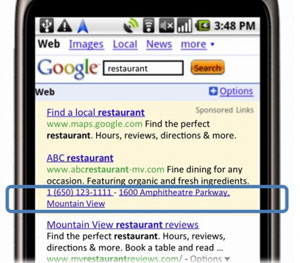 With mobile devices in the hands of more consumers, advertisers have been excited by the prospect of incorporating location data to target users on the go , reports eMarketer.
With mobile devices in the hands of more consumers, advertisers have been excited by the prospect of incorporating location data to target users on the go , reports eMarketer.
While mobile advertising is still a somewhat nascent format, it’s growing quickly, and a rising number of marketers are integrating more sophisticated data into their mobile campaigns.
According to a February report from Econsultancy, 27% of companies worldwide planned to implement location-based marketing in 2013, and 34% intended to invest in mobile advertising.
Verve Mobile, a location-based mobile ad platform, studied over 2,500 US mobile ad campaigns served across its platform and found that the percentage of campaigns using geofencing or geoaware targeting had more than doubled, from 17% in 2011 to 36% in 2012.
Geoaware campaigns use real-time location data to deliver specific, often dynamic, messages to the user based on their distance from the nearest retail location or proximity to a particular location. Geofencing campaigns target users based on a set distance from a location of interest such as a store or physical site where the user is known to frequently visit.
Designated market area (DMA) and audience data were still the most popular mobile location-based targeting types, presumably in part because they are easier to use, incorporating less sophisticated, more static information on who consumers are and where they are typically located.
For many verticals, a mobile campaign must include the use of location data of some kind—otherwise why serve on mobile? Verve Mobile found that 100% of the studied mobile campaigns in the grocery, political, healthcare, lottery, real estate and education industries used location info of some sort.
For geoaware and geofencing in particular, the restaurant industry served the highest percentage of ads using this data (43%), presumably in an effort to target restaurant-seekers out and about, and trying to find their next meal. Looking up restaurants is one of the primary mobile local search activities users conduct.
In addition, retail and consumer goods each incorporated geolocation and geoaware data into 32% and 30% of their campaigns, respectively. For these two industries, targeting consumers in the midst of their daily errands has a major upside. The travel industry also used real-time mobile location data in 30% of its campaigns, presumably to reach consumers who are making mobile in-destination plans and bookings.
Source:eMarketer
Comments are closed.